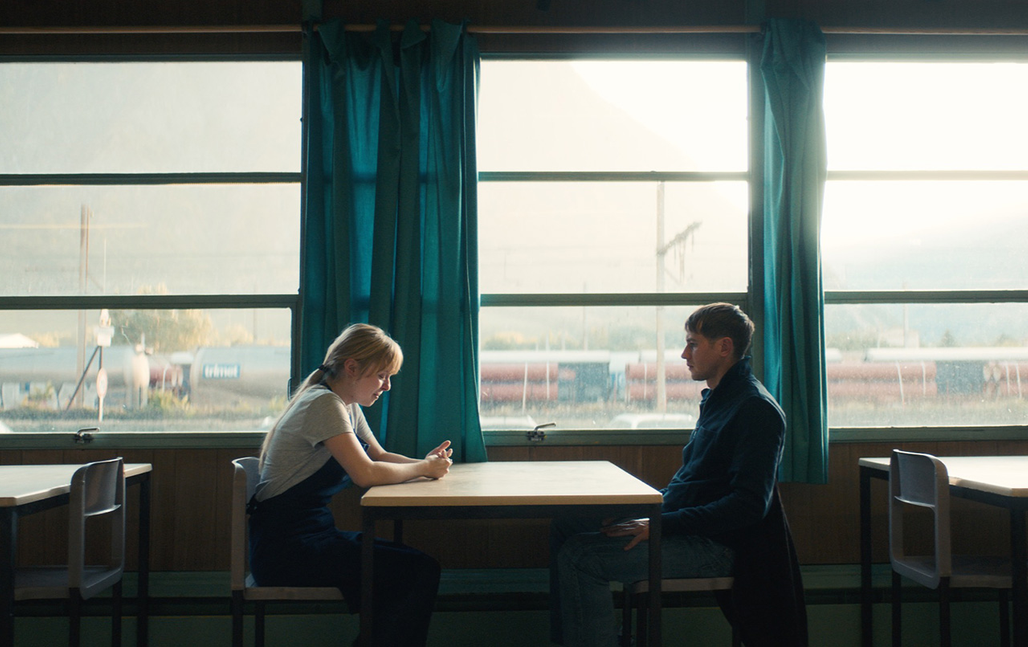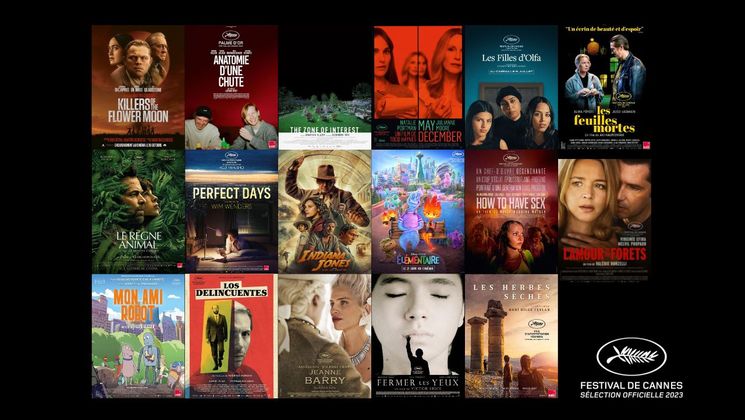
La Nuit du 12 (The Night of the 12th), Dominik Moll in the footsteps of an enthralling cold case

With La Nuit du 12 (The Night of the 12th), Dominik Moll revives the crime thriller to portray a police investigator plagued by doubts regarding an unresolved cold case. A feature film in tune with the times that questions masculinity.
Where did you get the idea for this feature film?
While reading the back cover of 18.3, Une Année à la PJ (18.3, A Year with the French Judicial Police) (2020), the book by Pauline Guéna. She explains that in the Judicial Police, each investigator has a case or a crime that haunts them and which they can't let go of. This isn't a story in itself, but it did arouse my curiosity. So, I read the book, which tells of the author's time embedded with the Versailles Judicial Police force in 2016.
So in a way her work was the inspiration for the storyline of La Nuit du 12 (The Night of the 12th)?
With Gilles Marchand, my co-screenwriter, we concentrated on the last three chapters of the book, which mention an investigation in which the murderer was never found. This ended up being a cold case, and it's this nonresolution that interested me. In crime thrillers, the criminals generally end up being brought in handcuffed. Here the focus is turned elsewhere: towards the investigator's work and the violence that they face every day.
You portray an entire male typology based on their relationships with women…
Within the framework of our story, they deal with the violence of other men against women. We wanted to show that this violence reflects back on their own masculinity and their own violence. There's a kind of male anxiety that comes through. There isn't one particular proposition that emerges from the film, but rather issues that are in tune with the times.
How did you prepare for writing the screenplay?
Pauline Guéna's book provided a wealth of information, and she often helped us as an intermediary and contact. But I felt the need to see it all close-up. I thus spent a week embedded with the Grenoble Judicial Police. Their investigators took me everywhere with them. I was particularly able to observe how they offset the sordid side of their profession with slightly dark humor.
“Since the storm rages within the heads of the characters, I thought it unnecessary to add any frenetic dramatization to it.”
Where did you shoot the film?
We shot half the film in Savoy, in the Maurienne Valley, and the other half in Grenoble, where we ended up shooting only a few exteriors of the police station there. The Judicial Police offices were then faithfully reconstructed in an abandoned building outside of Paris.
You often explore the provincial mountains. What did these landscapes enable you to bring to the film?
The Maurienne Valley is very industrialized and gives off a rather oppressive feeling. But when you climb up into the heights above, its magnificent. In Grenoble, you're surrounded by mountains that can be both beautiful and threatening. It's this contrast that I like, apart from the cinematic beauty of this type of landscape.
The pace of the film is very important…
Since the storm rages within the heads of the characters, I thought it unnecessary to add any frenetic dramatization to it. This would have been counterproductive to what I was trying to convey. We continued with this idea while editing. We didn't want to create a frenetic atmosphere. I also wanted people to really appreciate the characters within the scenery since it has an influence on the action. This is why the film has very few close-ups.


